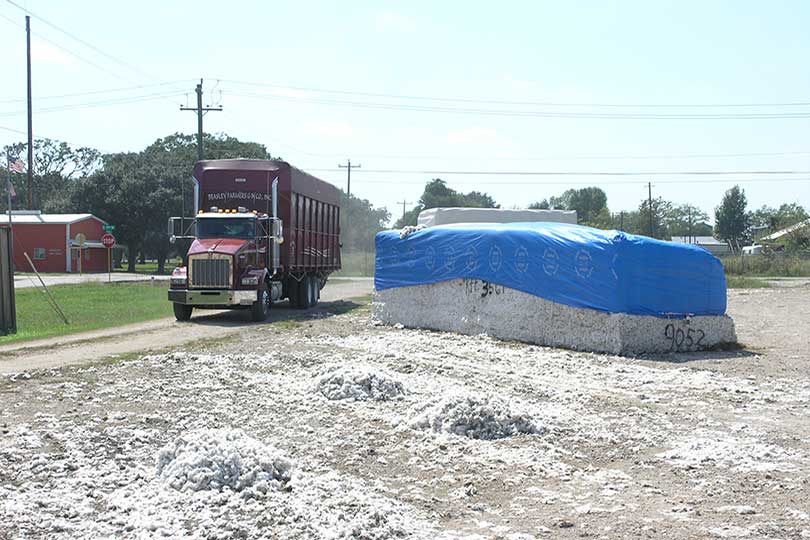By Jessica Domel
and Tom Nicolette
For weeks, all eyes have been on China as the country—once the largest consumer of cotton—slowly unloads its vast reserves of the fiber on the world market.
China began selling parts of its 11 million metric ton reserves the first week of May—limiting sales to 30,000 metric tons per day.
“Through the sixth day, they’ve sold about 180,000 metric tons or 827,000 bales and most of that is the port of reserve. That’s made about 72 percent of the total,” H.W. “Kip” Butts, senior cotton analyst with Informa Economics, said in a conference call.
Cotton prices that week started in a slump, according to Dow Jones Business News.
The outlet reports “cotton for July delivery dropped .8 percent to end at 61.33 cents per pound on ICE Futures U.S. exchange, the lowest close since April 15.”
“When import cotton starts to give way, as far as the percentage of the amount being sold, you can expect these sales to kind of drop off a bit—maybe not dramatically so, depending on what the mills can utilize and how they can mix it,” Butts said.
The sale of China’s reserves is expected to reduce China’s dependence on raw cotton imports, which could affect cotton-producing countries, according to Butts.
“The expectation is that with them using a bit more of their domestic cotton, they won’t import as much raw cotton or cotton yarn,” Butts said.
Long-term, Butts does not expect the sale of China’s cotton reserve to “crash-and-burn” the U.S. and world cotton market, but it is having an impact.
“It’s not going to be a favorable environment for higher prices, particularly given the continued competition from polyester. That’s going to be difficult for this market to go higher in the current environment given that the polyester prices are not really giving us much help,” Butts said.
Dow Jones Business News reports U.S. sales of cotton abroad are not keeping up with U.S. Department of Agriculture (USDA) expectations. Sales are at 88 percent of the USDA forecast.
According to USDA, 16 percent of the 2016 cotton crop is already in the ground thanks to favorable weather. Farmers across most of Texas already have their crop in the ground.

